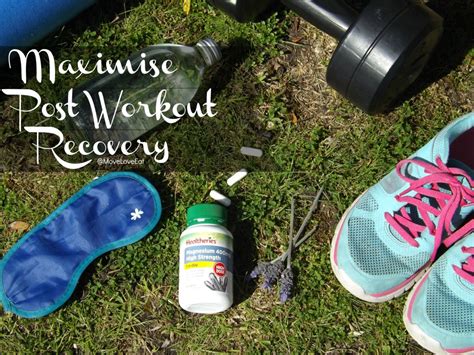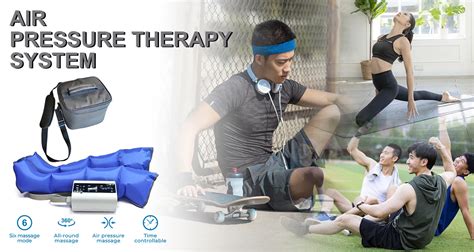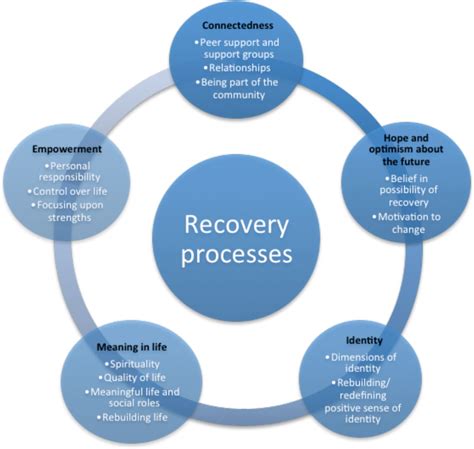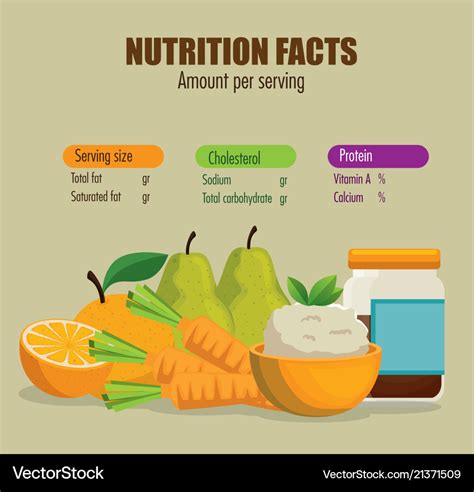Optimize post-workout recovery for faster muscle repair and next-day performance?

Intense workouts break down muscle fibers, deplete energy stores, and challenge your body’s systems. While the training itself initiates adaptation, the real magic of muscle growth and strength improvement happens during recovery. Optimizing this crucial period isn’t just about feeling less sore; it’s about accelerating repair, bolstering resilience, and ensuring you’re primed for peak performance in your next session. Neglecting recovery is like planting a seed and forgetting to water it – you won’t reap the full benefits of your hard work.
The Essential Pillars of Effective Recovery
To truly unlock faster muscle repair and consistent next-day performance, a multi-faceted approach to recovery is non-negotiable. It involves a strategic combination of nutritional support, adequate rest, and mindful practices.
1. Strategic Nutrition: Fueling Repair and Growth
What you consume post-workout directly impacts your body’s ability to repair and rebuild. The “anabolic window” might be longer than once thought, but immediate, thoughtful nutrition remains key.
- Protein Intake: Aim for 20-40 grams of high-quality protein (whey, casein, lean meats, plant-based sources) within a few hours post-exercise to kickstart muscle protein synthesis.
- Carbohydrate Replenishment: Restore glycogen stores depleted during your workout. Complex carbohydrates like whole grains, fruits, and starchy vegetables are essential for energy recovery and reducing muscle breakdown.
- Healthy Fats & Micronutrients: Don’t overlook healthy fats (avocado, nuts) for overall health and hormone function, and ensure a diet rich in vitamins and minerals to support enzymatic reactions and reduce oxidative stress.

2. Hydration: The Unsung Hero
Sweating during exercise leads to fluid and electrolyte loss, impacting everything from cognitive function to muscle contraction. Dehydration can severely impede recovery and performance.
- Replenish Fluids: Drink water consistently throughout the day, and particularly before, during, and after your workout.
- Electrolyte Balance: For longer or more intense sessions, consider an electrolyte-rich drink to replace lost sodium, potassium, and magnesium, which are vital for nerve and muscle function.
3. Prioritizing Quality Sleep
Sleep is arguably the most powerful recovery tool at your disposal. During deep sleep, your body releases growth hormone, which is crucial for muscle repair and regeneration. It’s also when your central nervous system recovers.
- Aim for 7-9 Hours: Consistency is key. Establish a regular sleep schedule, even on weekends.
- Optimize Sleep Environment: Ensure your bedroom is dark, quiet, and cool. Avoid screens an hour before bed.

4. Active Recovery and Mobility Work
While rest is important, complete inactivity can sometimes lead to increased stiffness. Light activity can promote blood flow, help remove metabolic waste products, and improve flexibility.
- Low-Intensity Exercise: Go for a gentle walk, cycle at a low resistance, or do some light swimming on rest days.
- Foam Rolling & Stretching: Incorporate foam rolling to address trigger points and improve tissue quality, and dynamic or static stretching to maintain or improve range of motion.

5. Stress Management and Mental Recharge
Physical training is a stressor, and chronic life stress can elevate cortisol levels, which can hinder recovery and muscle growth. Mental well-being is intrinsically linked to physical recovery.
- Mindfulness & Meditation: Practice relaxation techniques like deep breathing, meditation, or yoga to lower stress levels.
- Hobbies & Downtime: Dedicate time to activities you enjoy that take your mind off daily pressures.

Advanced Recovery Modalities
Beyond the core pillars, several advanced techniques can further enhance recovery, especially for competitive athletes or those with demanding training schedules.
- Cold Therapy: Ice baths or cold showers can help reduce inflammation and soreness, though their impact on long-term adaptation is debated.
- Massage & Compression: Professional massages or the use of compression garments can aid in blood flow, reduce muscle soreness, and promote relaxation.

Conclusion: Consistency is Key
Optimizing post-workout recovery isn’t a one-time event; it’s a continuous process that demands consistency and attention. By strategically implementing proper nutrition, prioritizing quality sleep, staying hydrated, engaging in active recovery, and managing stress, you empower your body to repair faster, adapt more efficiently, and consistently perform at its best. Embrace recovery as an integral part of your training, not just an afterthought, and watch your fitness goals accelerate.







